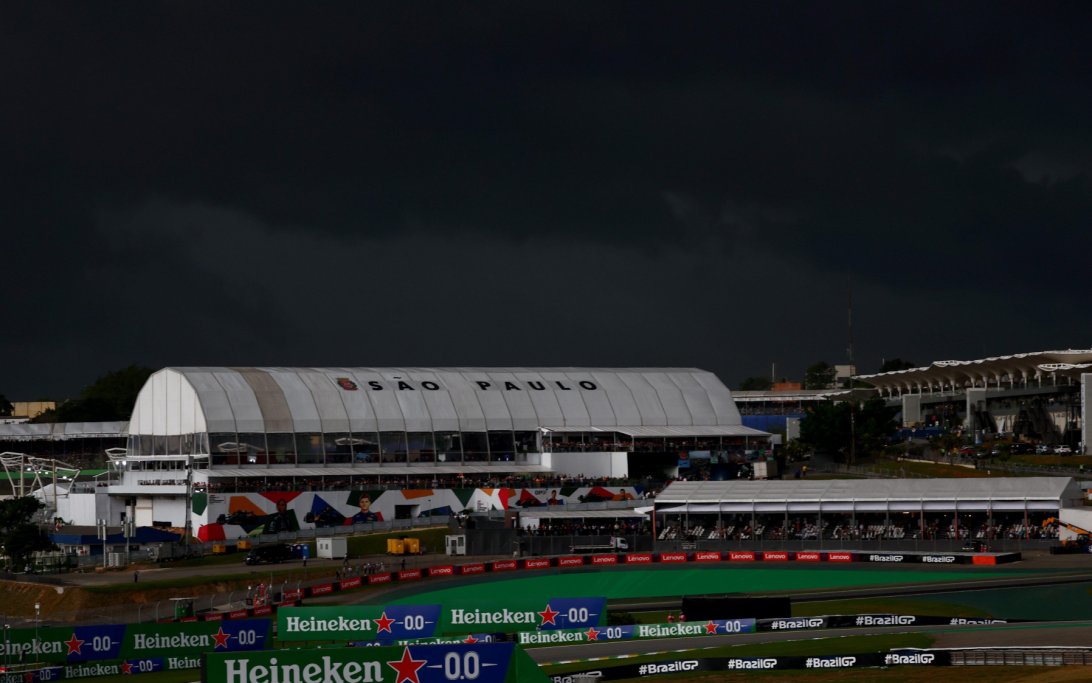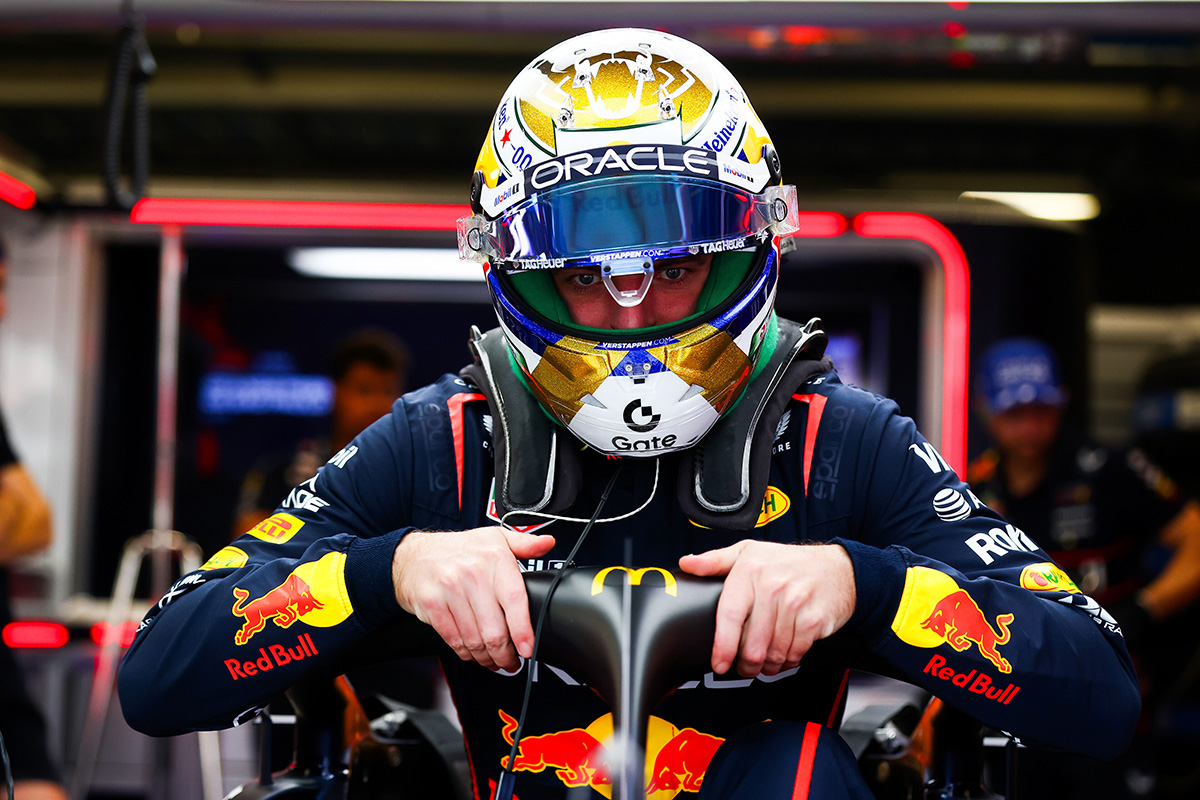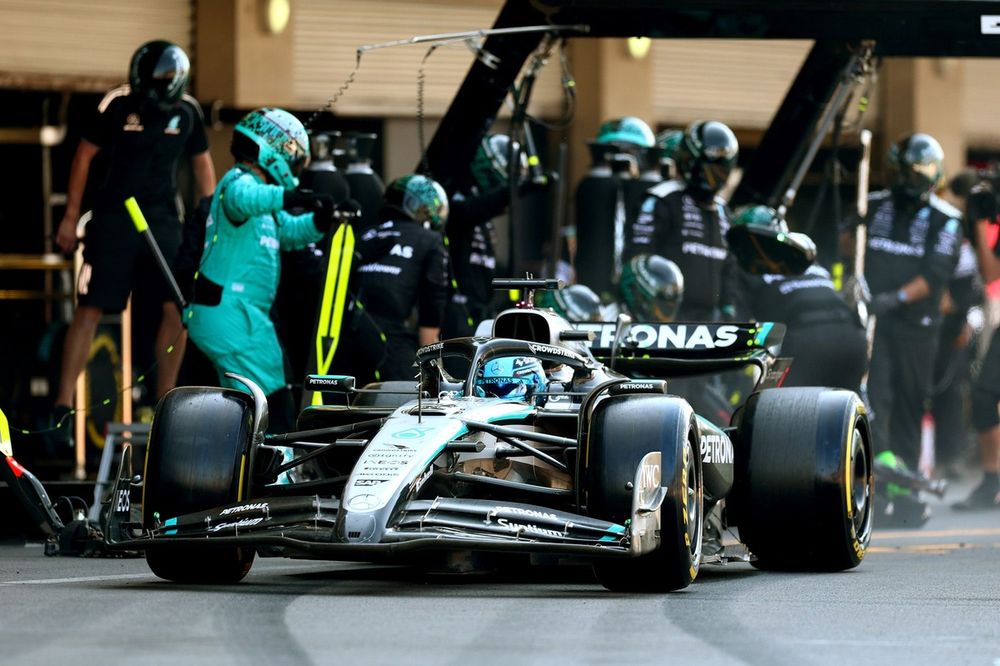
Hamilton Escapes Brazil Grid Penalty After Yellow Flag Incident
Lewis Hamilton was investigated after sprint qualifying in Brazil but avoided a grid penalty, receiving only a reprimand for failing to significantly reduce speed under double yellow flags. The stewards cited a brief warning period and Hamilton's line of sight as key factors in their decision.
Why it matters:
Avoiding a grid penalty kept Hamilton's 11th-place sprint qualifying position intact, preventing a further setback in a session where he already missed out on SQ3. This decision highlights the nuances of yellow flag interpretations and how stewards weigh immediate driver perception against strict rule adherence, especially when safety is a concern.
The details:
- Hamilton was eliminated at the end of SQ2, failing to cross the line in time to start a new lap.
- He encountered Charles Leclerc's spun car at Turn 10 shortly after Leclerc's incident, which triggered double waved yellow flags.
- The yellow light panel was active for only a 'fraction of a second' as Hamilton approached, and his focus was on the turn-in point, causing him to miss the visual signal.
- Stewards' Findings: Although Hamilton didn't see the light signal, he acknowledged seeing Leclerc's stationary car and a green light beyond it, indicating he should have realized he was in a yellow sector and needed to reduce speed.
- Telemetry showed Hamilton 'hesitated whilst applying the throttle' but 'did not reduce speed as required' for a yellow flag infringement.
- Penalty Decision: Citing 'similar circumstances in the past', the stewards opted for a reprimand instead of the usual five-place grid penalty, emphasizing consistency.
The big picture:
This incident underscores the razor-thin margins and split-second decisions F1 drivers face, particularly under unexpected circumstances. While strict rules apply to yellow flags for safety, the stewards' decision acknowledges the human element and the chaotic nature of on-track events. It also sets a precedent for future similar situations, balancing strict enforcement with practical considerations of driver perception and reaction time.
What's next:
Hamilton's 11th-place start for the sprint race remains unchanged, allowing him to focus on gaining positions. The stewards' detailed explanation provides clarity on their decision-making process, which could influence how drivers and teams approach similar incidents in the future. This ruling, while specific to Brazil, reinforces the complexity of officiating in Formula 1 and the ongoing debate between strict rule application and contextual understanding.
Original Article :https://racingnews365.com/why-lewis-hamilton-avoided-a-grid-penalty-in-brazil








